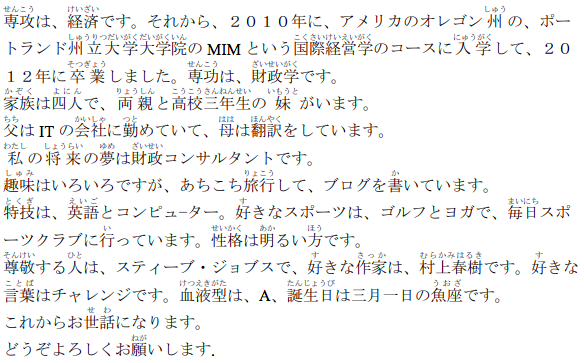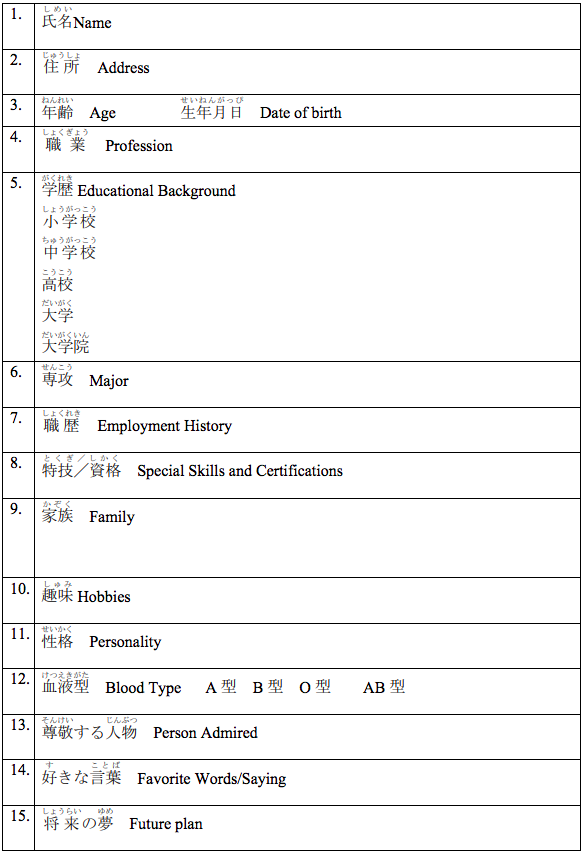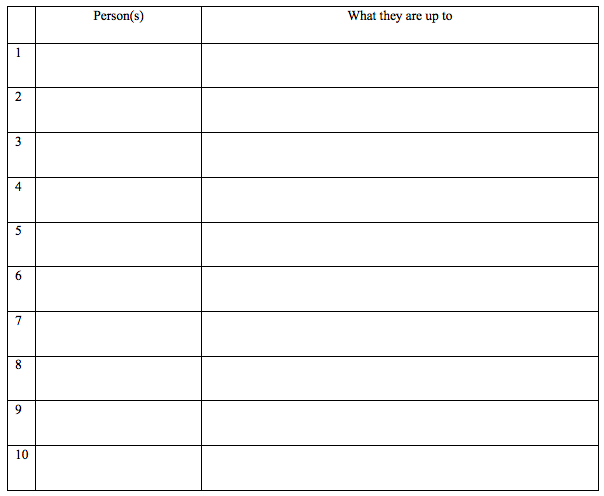1.5: Review
- Page ID
- 31565
\( \newcommand{\vecs}[1]{\overset { \scriptstyle \rightharpoonup} {\mathbf{#1}} } \)
\( \newcommand{\vecd}[1]{\overset{-\!-\!\rightharpoonup}{\vphantom{a}\smash {#1}}} \)
\( \newcommand{\id}{\mathrm{id}}\) \( \newcommand{\Span}{\mathrm{span}}\)
( \newcommand{\kernel}{\mathrm{null}\,}\) \( \newcommand{\range}{\mathrm{range}\,}\)
\( \newcommand{\RealPart}{\mathrm{Re}}\) \( \newcommand{\ImaginaryPart}{\mathrm{Im}}\)
\( \newcommand{\Argument}{\mathrm{Arg}}\) \( \newcommand{\norm}[1]{\| #1 \|}\)
\( \newcommand{\inner}[2]{\langle #1, #2 \rangle}\)
\( \newcommand{\Span}{\mathrm{span}}\)
\( \newcommand{\id}{\mathrm{id}}\)
\( \newcommand{\Span}{\mathrm{span}}\)
\( \newcommand{\kernel}{\mathrm{null}\,}\)
\( \newcommand{\range}{\mathrm{range}\,}\)
\( \newcommand{\RealPart}{\mathrm{Re}}\)
\( \newcommand{\ImaginaryPart}{\mathrm{Im}}\)
\( \newcommand{\Argument}{\mathrm{Arg}}\)
\( \newcommand{\norm}[1]{\| #1 \|}\)
\( \newcommand{\inner}[2]{\langle #1, #2 \rangle}\)
\( \newcommand{\Span}{\mathrm{span}}\) \( \newcommand{\AA}{\unicode[.8,0]{x212B}}\)
\( \newcommand{\vectorA}[1]{\vec{#1}} % arrow\)
\( \newcommand{\vectorAt}[1]{\vec{\text{#1}}} % arrow\)
\( \newcommand{\vectorB}[1]{\overset { \scriptstyle \rightharpoonup} {\mathbf{#1}} } \)
\( \newcommand{\vectorC}[1]{\textbf{#1}} \)
\( \newcommand{\vectorD}[1]{\overrightarrow{#1}} \)
\( \newcommand{\vectorDt}[1]{\overrightarrow{\text{#1}}} \)
\( \newcommand{\vectE}[1]{\overset{-\!-\!\rightharpoonup}{\vphantom{a}\smash{\mathbf {#1}}}} \)
\( \newcommand{\vecs}[1]{\overset { \scriptstyle \rightharpoonup} {\mathbf{#1}} } \)
\( \newcommand{\vecd}[1]{\overset{-\!-\!\rightharpoonup}{\vphantom{a}\smash {#1}}} \)
Grammar Review
1. How are the Past forms of verbs made? How about ~te forms?
2. What two types of meanings does /~te iru / have? Give an example of each.
3. What is the negative form of shitte iru?
4. What is the honorific form of shitte imasu?
5. What verbs typically follow the quotation particle /to/?
6. What is the difference between the following?
Taberu to itta.
Tabeta to itta.
7. What is the difference among iimasu, moushimasu and ossyaimasu?
8. What is the casual form of the quotation particle /to/?
9. What does /X to iu Y/ mean?
10. What does the sentence particle ~kke mean?
11. What is the difference in meaning among the following?
Apo wa kyou deshita ka?
Apo wa kyou deshita kke.
Apo wa kyou deshita tte.
12. What kind of sentences does ~kke follow? Past or Non-past form? Formal or Informal?
Affirmative or Negative?
13. How do you count people in Japanese?
14. How are otousan and chichi used?
15. How do Japanese children address their mothers? A big sister? A little sister?
16. How are strangers addressed by family terms in Japan?
17. What is the implication of oba-san when used for a non-family member?
18. What is the difference between the following pairs?
Kekkon-shimasu. Kekkon-shite imasu.
Daigaku ni ikimasu. Daigaku ni itte imasu.
Shirimasu. Shitte imasu.
Kimashita. Kite imasu.
19. How is the ~te form of adjectives made?
20. How do you say the following in Japanese?
I went to Tokyo and Kyoto.
I went to Kyoto and saw temples.
This is coffee and that is tea.
This coffee is hot and delicious.
21. What does donna mean?
22. What is the basic meaning of mou? And mada?
23. What is the difference in meaning between the following?
Mou sui-youbi desu.
Mada sui-youbi desu.
Practical Skills



Lesson 9 Listening Exercise
Listen to the audio. For each of the exchanges, identify the person(s) under discussion and what they are up to.


